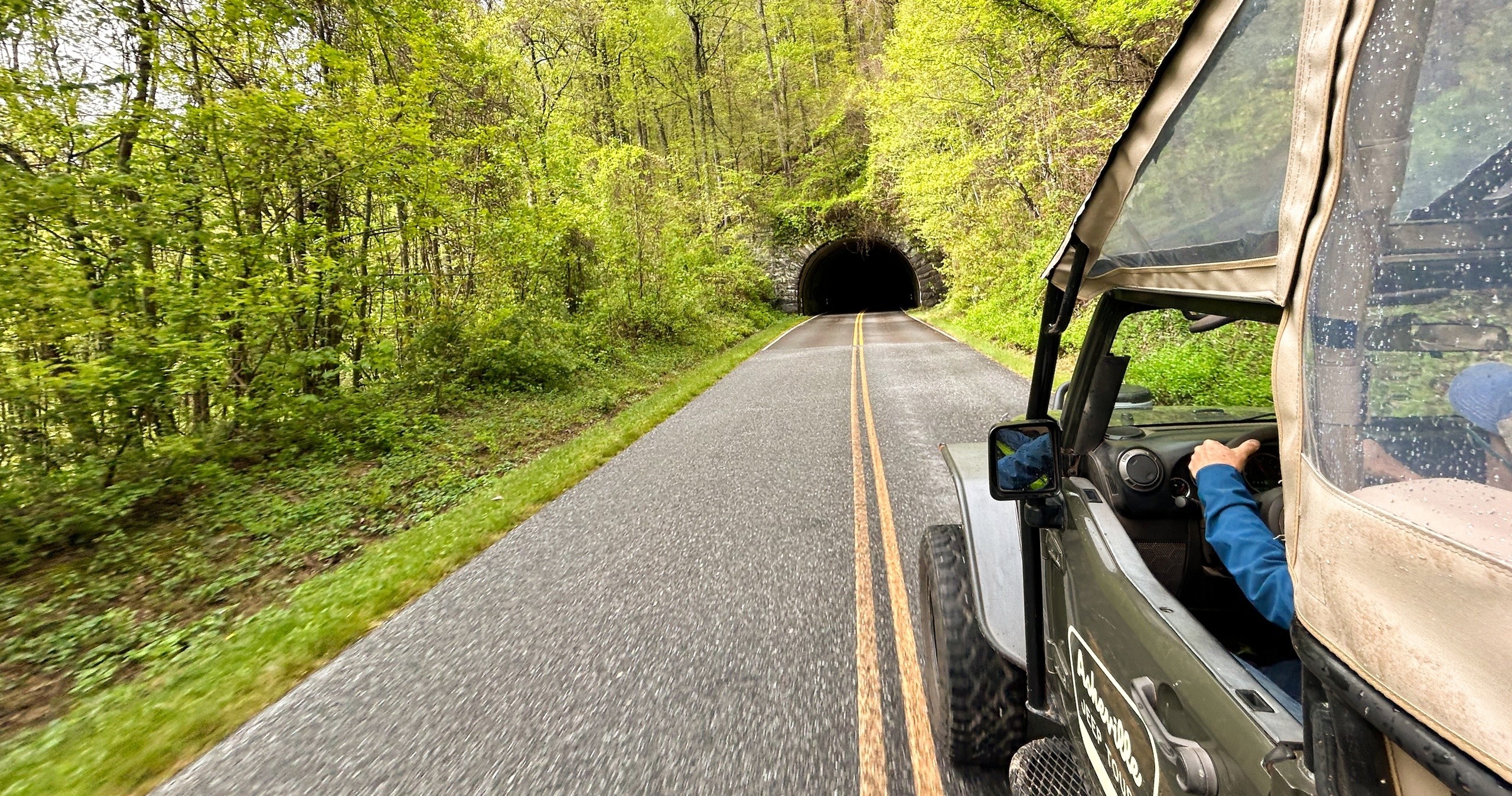Sedona’s Cathedral Vortex: A Half-Day Yoga Hike Along Oak Creek
Climb the Cathedral vortex, breathe by Oak Creek, and let Sedona do its quiet work.
Dawn breaks pink over Sedona’s sandstone skyline, and the red rock wakes with you—glowing, stretching, quietly daring you to breathe a little deeper. The trail threads through juniper and prickly pear, a rust-red ribbon laid toward Cathedral Rock’s ribbed silhouette. Somewhere ahead, Oak Creek murmurs its cool-running promise. The land has a pulse this morning, and it’s steady and certain, as if the desert already knows you’ll find what you came for.
Trail Wisdom
Start Early For Cooler Temps
Sedona bakes by late morning—an early start keeps the climb comfortable and crowd-free.
Grip Matters On Slickrock
Wear lugged hiking shoes with sticky soles; smooth sandstone can be slippery when sandy or wet.
Hydrate Like You Mean It
Aim for 2–3 liters per person, especially in summer; consider electrolytes to avoid cramping.
Respect Heights And Exposure
There are short, steep sections and mild scrambling—move slowly and use three points of contact.
Local Knowledge
Hidden Gems
- •Crescent Moon Picnic Site for classic post-hike Cathedral Rock reflections
- •Baldwin Trail loop for quieter red rock views
Wildlife
Mule deer, Great blue heron
Conservation Note
Stay on established slickrock and sandy tread to protect fragile desert soils; avoid building cairns or entering closed riparian zones along Oak Creek.
Cathedral Rock’s red cliffs are Permian Schnebly Hill sandstone; the surrounding lands have long cultural significance to Indigenous peoples who moved through these canyons and left rock art nearby.
Seasonal Guide
spring
Best for: Wildflower spotting, Comfortable temps
Challenges: Sudden wind, Popular trails
March–May brings mild weather and blooming desert plants—prime time for climbing and creekside yoga.
summer
Best for: Early dawn starts, Creekside cooldowns
Challenges: High heat, Monsoon storms in late July–August
Heat spikes midday; start at first light and watch for afternoon thunderstorms.
fall
Best for: Golden cottonwoods, Stable weather
Challenges: Busy weekends, Cooler mornings
October light is crisp, and Oak Creek’s foliage turns gold—an ideal mix of color and comfort.
winter
Best for: Quiet trails, Crystal-clear air
Challenges: Icy patches on rock, Cold mornings
Expect chilly starts and possible ice on north-facing slickrock—layers and traction help.
Photographer's Notes
What to Bring
Lugged Hiking ShoesEssential
Sticky soles and ankle support make slickrock and short scrambles more secure.
2–3L Hydration SystemEssential
Easy sipping keeps you ahead of the desert’s dehydrating pace.
Sun Protection (Hat, UPF Layer, SPF 30+)Essential
The exposed approach to Cathedral Rock demands reliable sun defense.
Lightweight Warm Layer
Creekside yoga can feel cool in shade or wind—pack a compressible fleece or long sleeve.
Common Questions
Do I need yoga experience?
No. The guide adapts Hatha postures and breath-work to all levels, from first-timers to longtime practitioners.
How difficult is the hike?
It’s an intermediate-to-challenging hike with roughly 5+ miles and cumulative 800–1,000 feet of gain, including short, steep scrambles.
What’s included?
A private guided hike, meditation at the Cathedral vortex, Hatha yoga by Oak Creek, breath-work, and complimentary yoga mat rentals.
Is this tour private?
Yes, it’s a private experience designed for solo travelers or groups up to six for personalized pacing and attention.
Are there bathrooms on the trail?
Facilities are limited; plan to use restrooms at the trailhead or nearby parks before starting.
What if the weather turns bad?
Guides monitor conditions, adjust timing for heat or storms, and may reroute or reschedule for safety during monsoon or icy conditions.
What to Pack
Lugged hiking shoes for slickrock traction; 2–3 liters of water with electrolytes for desert hydration; brimmed hat and SPF 30+ sunscreen for exposed climbs; a light layer for shaded creekside yoga cool-downs.
Did You Know
Cathedral Rock is carved from the Permian-age Schnebly Hill Formation, the iconic red sandstone layer that gives Sedona its color; the formation was named after pioneer Carl Schnebly, Sedona’s namesake’s husband.
Quick Travel Tips
Buy a Red Rock Pass (or use an America the Beautiful pass) for parking at many trailheads; plan a sunrise start to beat heat and crowds; check monsoon forecasts (July–August) for lightning risk; expect limited cell service once on trail.
Local Flavor
Refuel at Indian Gardens Café & Market in Oak Creek Canyon for seasonal sandwiches and strong coffee, or toast the day at Sedona Beer Co. with a crisp lager. For a sunset meal with a view, book Mariposa and watch the red rocks go violet.
Logistics Snapshot
Closest airports: FLG (Flagstaff Pulliam, ~45 minutes) and PHX (Phoenix Sky Harbor, ~2 hours). Trailhead: Cathedral Rock via Back O Beyond Rd; about 10–15 minutes from Uptown Sedona. Cell service: spotty to none on trail. Permits: Red Rock Pass or federal lands pass required at many parking areas.
Sustainability Note
This hike crosses sensitive desert and riparian habitats—pack out all trash, skip rock cairns, and give Oak Creek a wide berth to protect banks and wildlife. Stay on marked routes to help prevent erosion on slickrock.
Continue Reading

Blue Ridge Parkway by Jeep: Asheville’s Big-View Drive Without the Footslog
Trade trail dust for ridge-line views on a guided Blue Ridge Parkway Jeep tour out of Asheville. Over 3–4 unhurried hours, hop between classic overlooks, craft stops, and story-rich vistas—no hiking boots required.
Asheville, North Carolina

Into the Lower Canyon: 6.5 Days Oaring the Colorado’s Big Water
Start before dawn on the South Rim, hike 9.5 miles to the Colorado, and settle into six and a half days of oar-powered whitewater, side canyons, and starlit camps. This Lower Canyon journey pairs big water with smart logistics—and ends in a helicopter lift out of the heart of the Grand Canyon.
Grand Canyon Village, Arizona
